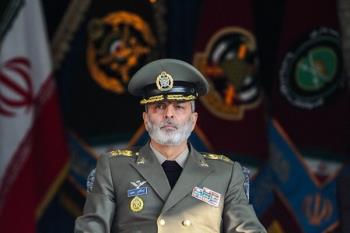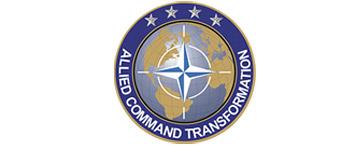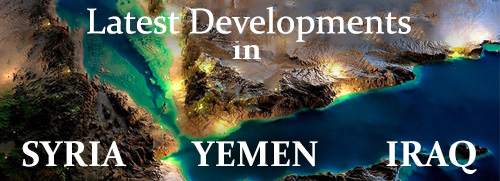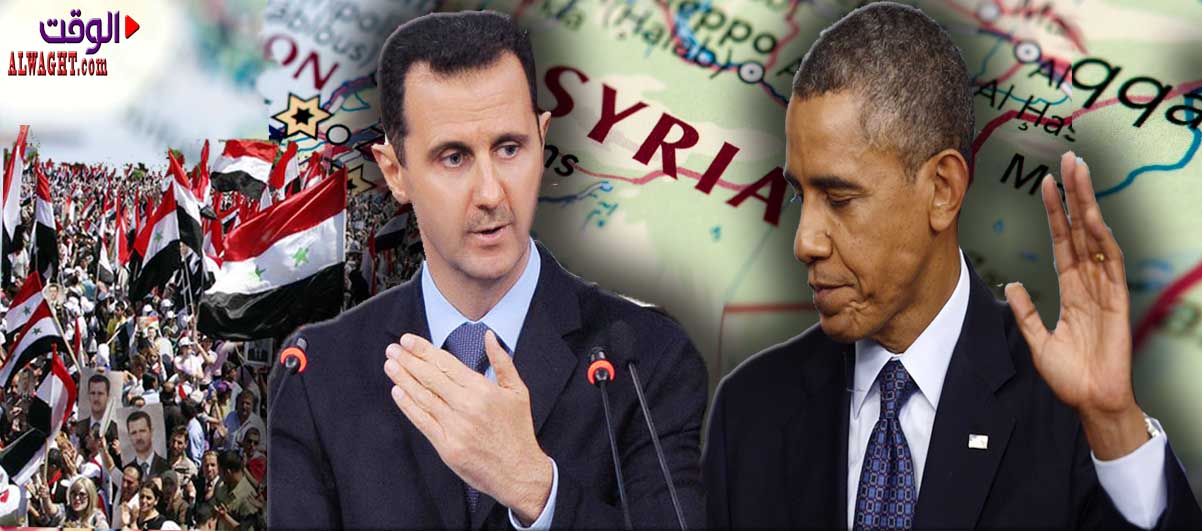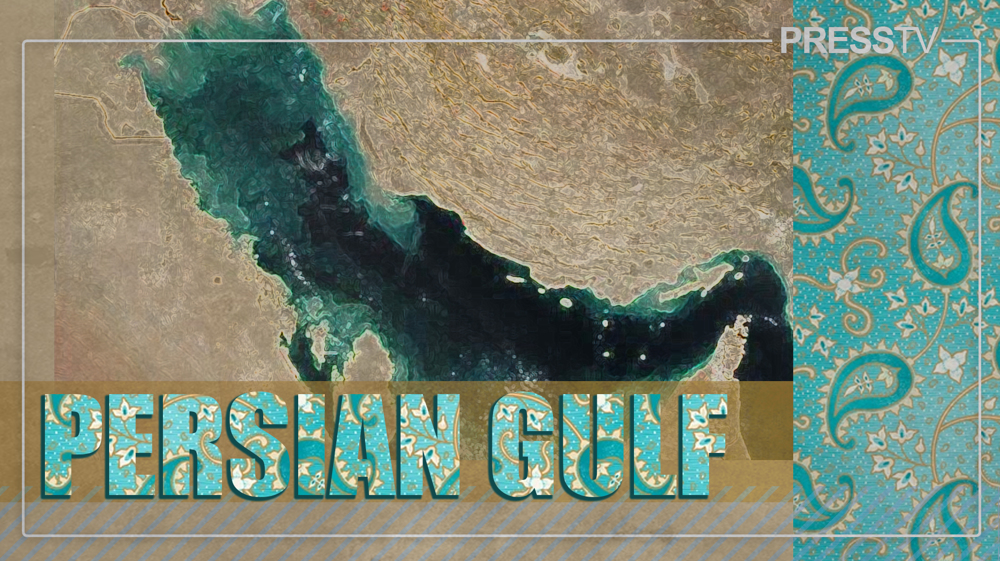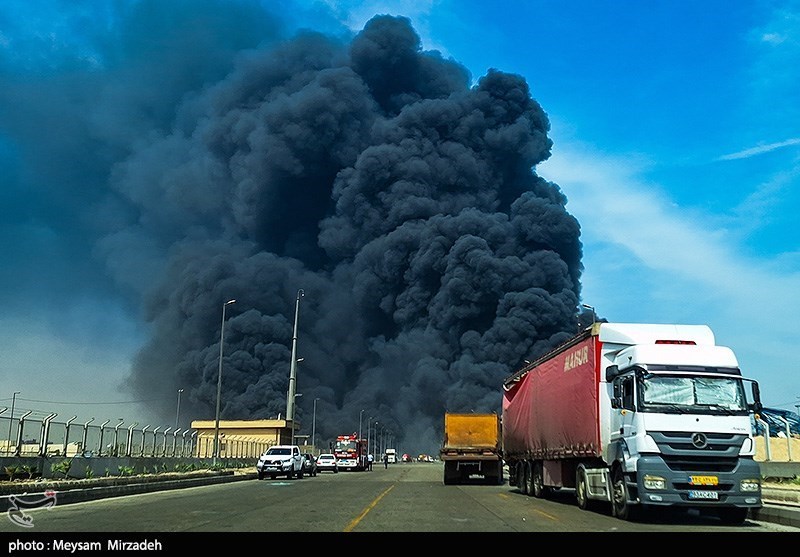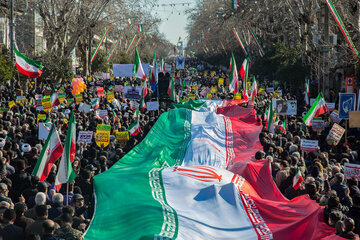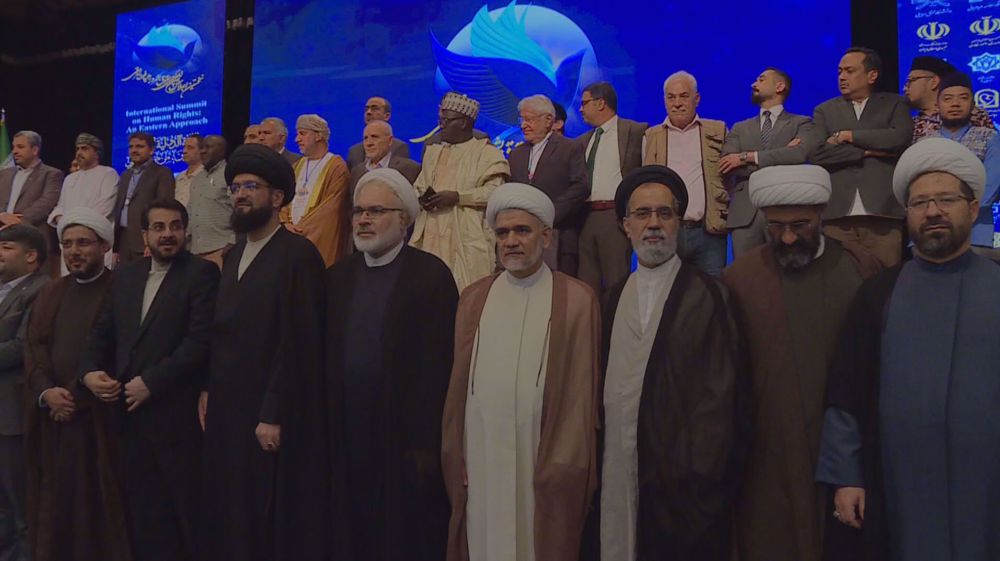Alwaght-The current crisis in Syria is the product of the US strategic view and approach to the West Asia [the West Asia]. Since even before the crisis, the Syrian government posed a regional challenge for the US; therefore, they sought to bring down the Assad regime. The revolutions that occurred in the region and especially in Egypt caused the confusion of the US at first, but quickly they tried to control the outcomes of these developments and bring them to their side. Nevertheless, the revolutions in Islamic Arab countries undermine the foundations of the US strategy in the region, causing the foreign policy of the US to take a reactive stance in the West Asia. In other words, US power in the West Asia came to its lowest level, since the fall of its ally governments in the region .
In this regard, a new plan has been taken by the US for managing the recent developments in the region. The plan requires weakening the opponents of the US and its allies who are supposed to gain the most from the advancements in the region, and prevent them from exploitation of the recent developments in these countries, where fueling the crisis in Syria falls in this framework .
From the beginning of the crisis in Syria in March 15, 2011, some countries in the region such as Saudi, Qatar, and Turkey handed in completely incorrect information about the political and social situation in Syria to the White House, US Ministry of Foreign Affairs, Pentagon, and CIA .
Based on the erroneous perception of the US deduced from the joint report given by Bandar bin Sultan, the former Saudi intelligence chief, and Robert Ford, the former US ambassador in Syria, it was concluded that President Bashar Assad's government will not last more than 6 months and will be overthrown .
Therefore, the US handed this mission to the destructive trio of Qatar, Saudi, and Turkey, to overthrow the Syrian government, providing it with logistical and financial resources in order to establish a puppet government in this country
But, the prolongation of the crisis in Syria and the success of the Syrian army in suppressing the terrorist groups have defeated the will of the US and the West to overthrow the Syrian government, which was originally planned to occur in six months only .
Consequently, the US and the West did not just lose their goals, but also through strengthening terrorist groups, they intensified the crisis in Syria, Lebanon, and Iraq contributing to a climate of fear caused by the terrorist group of ISIS, which also endangers US interests in the region .
Meanwhile, the US and the West are attempting to fix their mistake in Syria, trying to compensate by forming a new formula for restraining the crisis. Thus, the new US approach toward Syria is not an optional choice but a compulsory one, due to the recent regional developments and the efforts of the resistance movements of the region. Although the US military attack against Syria was excluded, but the US is still not sure what to do with Syria. Still, there is no doubt that the US does not want Al-Assad to stay .
US officials reveal that each plot concerning Syria must involve the bringing down of Syria's Al-Assad from power, but still this clearly indicates that the US is still not able to answer the question of how and when can Al-Assad be brought down .
The US turned to the hypocritical policies in diplomatic fields, for example, while the strategy of arming the Syrian opposition is not removed from the US agenda, the US government still stresses on finding diplomatic solutions in the international arenas .
The US has repeatedly announced officially their military support to the militant opposition of Bashar Al-Assad, and for this purpose, the Congress has approved amounts of money. On the other hand, the US announced that they plan to accept Geneva 2 agreement and is trying to stop the bleeding in Syria. This shows that the US position is quite not sure what to do with Syria .
Currently, the US policy in Syria is based on two major issues; on one the hand, the establishment of an international coalition to target ISIS positions through air strikes, and on the other hand support what is called "moderate armed groups" to fight ISIS on Syrian ground .
Therefore, in the context of changing the priorities of the US against Syria, the priority is to deal with ISIS and form the coalition against ISIS. The current US strategic confrontation to ISIS starts in Iraq at first, then in Syria without concentrating on removing Bashar Al-Assad .
This policy has been designed to deal with ISIS without strengthening the Syrian government, and at the same time to arm the so-called moderate insurgents .
With this attempt, US tried to achieve more than one goal, first, it wanted to find a replacement for sending its troops to the Syrian ground by forming the so-called moderate opposition militia, which will benefit from the experience of confronting ISIS. Second, in the same time, it will keep the Syrian opposition, who supported the older plot against Syria and currently support the idea of dividing Syria, such as Saudi to its side in the so-called coalition against ISIS .
On the other hand, the plan given by UN special envoy de Mistura in Syria, which is to be followed in the form of a diplomatic strategy, could be evaluated as another step backwards taken by the US from their previous strategy against Syria .
A plan was to resolve the humanitarian situation in Aleppo and a subsequent resumption of political negotiations between the parties has been suggested that if it was successful it will be generalized to other areas of the country .
Although the US poses no particular interest in this plan, but the US did not oppose the principle of de Mistura’s plan; however, it expressed doubts about the commitment of the Government of Syria to the plan .
Therefore, it could be concluded that the US has backed off the idea of bring Al-Assad down, especially after realizing Russia’s interests in Syria and feeling the pressure laid by Iran and resistance Front, while they are strengthening the anti-Israeli regime front. The US worried that if it continued in its older plot, then its main interest in the area, the Zionist entity, would be in danger. Therefore, the US has planned to change its strategy to a diplomatic-like action, which also failed after the collapse of the so-called “moderate opposition militia .”


